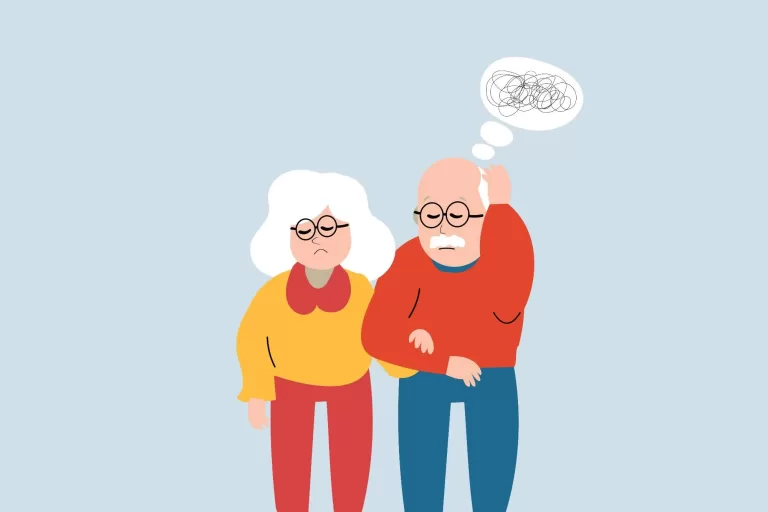
Meditation: A Simple Way to Improve Your Health
This page may contain affiliate links. If you choose to purchase after clicking a link, I may receive a commission at no extra cost to you.
Meditation is a practice in which an individual uses a technique – such as mindfulness, or focusing the mind on the present moment – to train attention and awareness, and achieve a mentally clear and emotionally calm and stable state.
Meditation has been practiced for thousands of years, and its many health benefits have been well-documented by modern science.
Here are some of the most notable health benefits of meditation:
- Reduces stress and anxiety. Meditation is perhaps best known for its ability to reduce stress and anxiety. When you meditate, you focus your attention on the present moment, which can help to quiet your mind and reduce racing thoughts. This can lead to a sense of inner peace and calm.
- Improves mood and well-being. Meditation has also been shown to improve mood and well-being. When you meditate, you train your mind to focus on the positive and to let go of negative thoughts and emotions. This can lead to a more positive outlook on life and a greater sense of happiness.
- Boosts cognitive function. Meditation can also improve cognitive function, such as memory, attention, and focus. When you meditate, you train your mind to be more present and aware. This can help to improve your ability to concentrate and to learn new information.
- Improves sleep quality. Meditation can also help to improve sleep quality. When you meditate, you learn to relax and calm your mind. This can help you to fall asleep more easily and to sleep more soundly.
- Reduces pain. Meditation can also help to reduce pain. When you meditate, you train your mind to focus on the present moment and to let go of negative thoughts and emotions. This can help you to tolerate pain better and to manage chronic pain conditions more effectively.
- Improves heart health. Meditation has also been shown to improve heart health. Meditation can help to lower blood pressure, reduce cholesterol levels, and improve blood circulation. This can help to reduce your risk of heart disease and stroke.
- Boosts the immune system. Meditation can also boost the immune system. When you meditate, you train your mind to relax and calm down. This can help to reduce the production of stress hormones, which can suppress the immune system.
In addition to these physical and mental health benefits, meditation can also help to improve your emotional regulation, self-awareness, and relationships.
How to start meditating
If you’re new to meditation, there are a few things you can do to get started:
- Find a quiet place where you won’t be disturbed.
- Sit in a comfortable position, either on the floor or in a chair.
- Close your eyes and focus on your breath.
- Notice the rise and fall of your chest or abdomen as you breathe in and out.
- If your mind wanders, gently bring it back to your breath.
- Start with a few minutes of meditation each day and gradually increase the amount of time you meditate as you become more comfortable.
There are many different types of meditation, so you can experiment to find a method that works best for you. Some popular types of meditation include:
Mindfulness Meditation
Mindfulness meditation is a type of meditation that involves focusing your attention on the present moment, without judgment. It is a practice that can help you to become more aware of your thoughts, feelings, and bodily sensations.
To practice mindfulness meditation, you can follow these steps:
- Find a quiet place where you won’t be disturbed.
- Sit in a comfortable position, either on the floor or in a chair.
- Close your eyes and focus on your breath.
- Notice the rise and fall of your chest or abdomen as you breathe in and out.
- If your mind wanders, gently bring it back to your breath.
- Start with a few minutes of meditation each day and gradually increase the amount of time you meditate as you become more comfortable.
There are many different ways to practice mindfulness meditation. Some people like to focus on their breath, while others prefer to focus on their bodily sensations or on their thoughts and feelings. You can also practice mindfulness meditation while doing other activities, such as eating, walking, or showering.
Mindfulness Meditation has many benefits, including:
- Reducing stress and anxiety
- Improving mood and well-being
- Boosting cognitive function
- Improving sleep quality
- Reducing pain
- Improving heart health
- Boosting the immune system
- Improving emotional regulation and self-awareness
- Strengthening relationships
If you’re new to mindfulness meditation, it can be helpful to start with a guided meditation. There are many guided meditations available online and in apps. You can also find meditation classes and workshops in your community.
Here are some tips for Mindfulness Meditation:
- Don’t be discouraged if your mind wanders. It’s perfectly normal for your mind to wander during meditation. Just gently bring it back to your breath.
- Be patient. It takes time and practice to learn how to meditate. Don’t get discouraged if you don’t see results immediately.
- Be kind to yourself. Meditation is not about being perfect. It’s about being present and accepting yourself and your experiences.
Mindfulness meditation is a simple but powerful practice that can improve your health and well-being in many ways. If you’re looking for a way to reduce stress, improve your mood, and boost your overall well-being, I encourage you to give mindfulness meditation a try.
Transcendental Meditation
Transcendental Meditation (TM) is a form of silent mantra meditation developed by Maharishi Mahesh Yogi. The TM technique involves the use of a silently-used sound called mantra, and is practiced for 15–20 minutes twice per day. It is taught by certified teachers through a standard course of instruction, which costs a fee that varies by country.
According to the Transcendental Meditation movement, it is a non-religious method that promotes relaxed awareness, stress relief, self-development, and higher states of consciousness. The technique has been variously described as both religious and non-religious.
How to practice Transcendental Meditation
To practice TM, you first need to learn the technique from a certified TM teacher. This typically involves a four-day course of instruction.
Once you have learned the technique, you can practice TM at home, twice a day for 15-20 minutes. To practice, you will sit in a comfortable position with your eyes closed and repeat your mantra silently to yourself.
If your mind wanders, gently bring it back to your mantra. There is no need to try to force your mind to be still.
Benefits of Transcendental Meditation
TM has been shown to have a number of health benefits, including:
- Reduced stress and anxiety
- Improved mood and well-being
- Improved sleep quality
- Reduced pain
- Improved heart health
- Boosted immune system
TM has also been shown to improve cognitive function, such as memory, attention, and focus.
TM is a simple and effective way to improve your health and well-being. It is easy to learn and can be practiced anywhere, anytime. If you are interested in learning more about TM, you can find a certified TM teacher in your area.
Guided Meditation
Guided meditation is a type of meditation that is led by a teacher, either in person or through a recording. The teacher provides instructions on how to focus your attention, breathe, and relax. Guided meditation can be helpful for beginners, as it can help them to learn the basics of meditation and to stay focused. It can also be helpful for experienced meditators who are looking for a new challenge or who want to focus on a specific area of their practice.
There are many different types of guided meditations available, including meditations for stress relief, anxiety relief, sleep, pain management, and more. Some guided meditations are general in nature, while others are more specific. For example, you might find a guided meditation for anxiety that focuses on relaxation techniques, or a guided meditation for sleep that uses visualization to help you drift off to sleep.
To do guided meditation, simply find a quiet place where you won’t be disturbed and sit in a comfortable position. Close your eyes and listen to the instructions of the teacher. If your mind wanders, gently bring it back to the instructions.
Here are some tips for getting the most out of Guided Meditation:
- Find a teacher whose voice and style you enjoy.
- Start with a short meditation and gradually increase the amount of time you meditate as you become more comfortable.
- Find a quiet place where you won’t be disturbed.
- Sit in a comfortable position with your back straight and your feet flat on the floor.
- Close your eyes and listen to the instructions of the teacher.
- If your mind wanders, gently bring it back to the instructions.
- Don’t judge yourself if you find it difficult to focus. Meditation takes practice.
Guided meditation is a great way to learn the basics of meditation and to experience the many benefits that meditation has to offer. If you’re new to meditation, I encourage you to give it a try.
Conclusion
Meditation is a simple and effective way to improve your health and well-being. It’s easy to learn and can be practiced anywhere, anytime. If you’re looking for a way to reduce stress, improve your mood, boost your cognitive function, and sleep better, meditation is a great option.








Leave a Comment